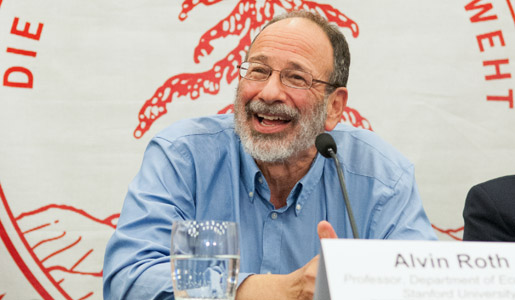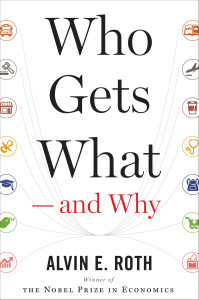UCSF Medical Center, CPMC Join Forces for 18-Patient Kidney Transplant Chain
"A unique collaboration between UCSF Medical Center and Sutter Health’s California Pacific Medical Center (CPMC) resulted in what is believed to be one of the nation’s first nine-way kidney transplant chains occurring in one city over a 36-hour period.
The chain started on Thursday morning (June 4), with an altruistic patient donating a kidney as a token of gratitude for his good health. It concluded with a recipient who has been on dialysis for several years.
The surgeries involved the above donor and recipient and an additional 16 patients – eight recipients, each paired by a friend or family member. These pairs were either blood type or immunologically incompatible with each other but were compatible with other pairs in the group.
...
"“This collaboration with CPMC enables us to broaden our pool of kidney transplant donors and recipients and treat them at two medical centers separated by only a few miles,” said John Roberts, MD, professor of surgery and chief of UCSF Medical Center Transplant Service. “The proximity of the hospitals means the donated kidney can be swiftly transplanted, minimizing risks to patients. This paired kidney exchange also benefits those on the transplant waiting list and moves up others who are still waiting.”
"A unique collaboration between UCSF Medical Center and Sutter Health’s California Pacific Medical Center (CPMC) resulted in what is believed to be one of the nation’s first nine-way kidney transplant chains occurring in one city over a 36-hour period.
The chain started on Thursday morning (June 4), with an altruistic patient donating a kidney as a token of gratitude for his good health. It concluded with a recipient who has been on dialysis for several years.
The surgeries involved the above donor and recipient and an additional 16 patients – eight recipients, each paired by a friend or family member. These pairs were either blood type or immunologically incompatible with each other but were compatible with other pairs in the group.
...
"“This collaboration with CPMC enables us to broaden our pool of kidney transplant donors and recipients and treat them at two medical centers separated by only a few miles,” said John Roberts, MD, professor of surgery and chief of UCSF Medical Center Transplant Service. “The proximity of the hospitals means the donated kidney can be swiftly transplanted, minimizing risks to patients. This paired kidney exchange also benefits those on the transplant waiting list and moves up others who are still waiting.”







 A matching market is one in which you can’t just choose what you want; you also have to be chosen. For example, labor markets are like that—you can’t just show up for work; you have to be hired. So are college admissions, dating and marriage. You can’t just choose your spouse; you also have to be chosen.
A matching market is one in which you can’t just choose what you want; you also have to be chosen. For example, labor markets are like that—you can’t just show up for work; you have to be hired. So are college admissions, dating and marriage. You can’t just choose your spouse; you also have to be chosen. A previous generation of kindergarteners’ parents in Boston had to think carefully about what school to put as their first choice, because parents who didn’t get their first choice might find that all their other top choices were filled with children who had listed that school as their first choice. But now the system makes it safe for parents to state their preferences for schools truthfully rather than carefully: If you don’t get your first choice, you still have just as much chance of getting your second choice as if you had listed it first. So now it’s safe for parents to concentrate on figuring out which schools they like, rather than figuring out which schools they can get into.
A previous generation of kindergarteners’ parents in Boston had to think carefully about what school to put as their first choice, because parents who didn’t get their first choice might find that all their other top choices were filled with children who had listed that school as their first choice. But now the system makes it safe for parents to state their preferences for schools truthfully rather than carefully: If you don’t get your first choice, you still have just as much chance of getting your second choice as if you had listed it first. So now it’s safe for parents to concentrate on figuring out which schools they like, rather than figuring out which schools they can get into.

